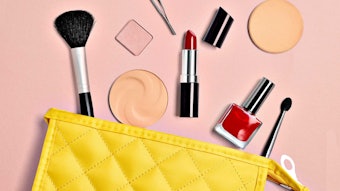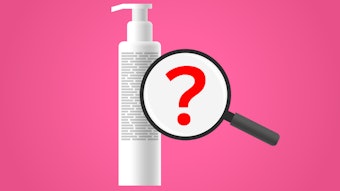Cosmetics durability has always been a burning issue. Because cosmetics are multifunctional products, their durability should be somehow bound to the fading of their complex of aesthetic, skin compatibility and functionality. This approach would be perfect, if simple and unambiguous testing methods for each set of functions were generally agreed between industries and authorities. Lacking that agreement thus far, we find that the adopted defi nition of stability has been vague and precise at the same time, since the date of the first European law on cosmetics.1 “Durability” meant the period during which the product was able to perform its main functions without causing either physiological or microbial harm to the consumer.2 In other words, it referred to durability in terms of both safety and ability to perform. Indeed, it was a very clear and unquestionable definition. Therefore, irrespective of the changing product appearance or a fading scent, a shampoo could be considered stable if it kept its hair detergent activity over time and did not either induce unexpected irritating effects or became microbiologically spoiled or dangerous.
The “Period After Opening” in the Jungle of EU Product Labeling
Feb 16th, 2009










